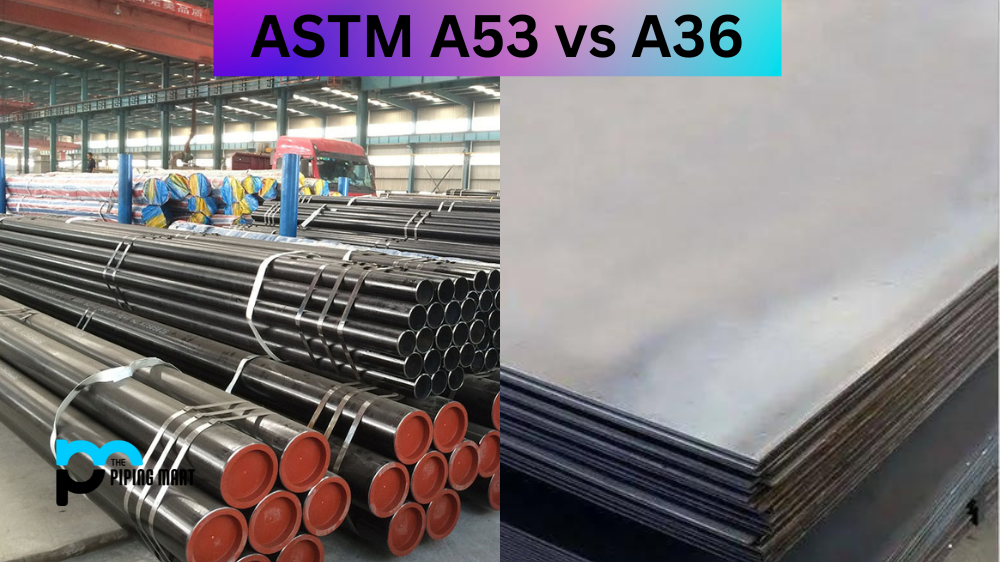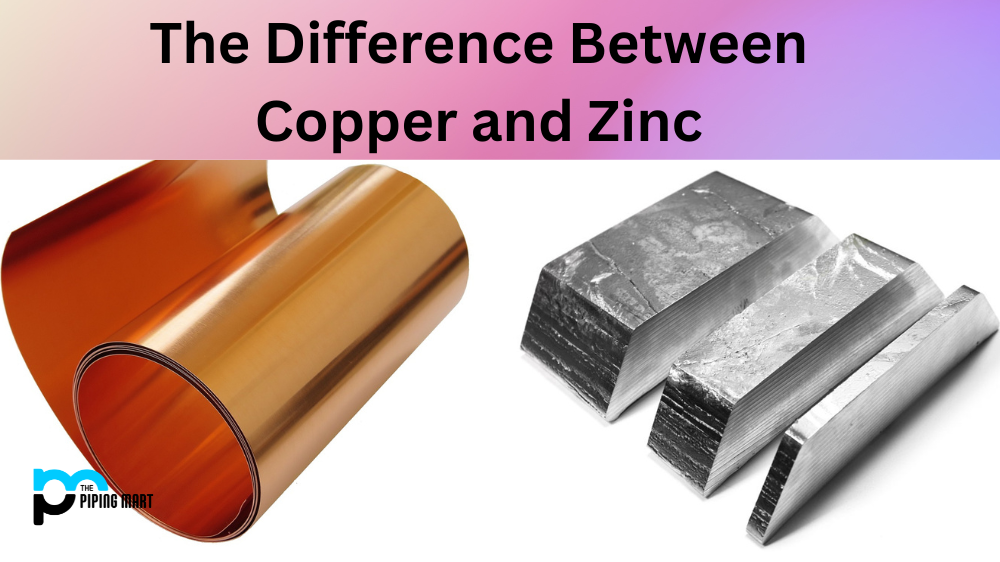Many different steel grades offer unique properties and benefits for various applications. Two of the most popular steel grades include ASTM A53 and A36. While both rates have some similarities, some key differences set them apart. In this blog post, we’ll delve deeper into what sets ASTM A53 and A36 apart so that you can choose the right steel grade for your next project.
Difference Between ASTM A53 and A36
Composition
The first key difference between ASTM A53 and A36 is their different chemical compositions. ASTM A53 contains carbon, manganese, phosphorus, sulfur and copper, while A36 contains carbon, manganese, phosphorus, sulfur and silicon. Silicon is a key steel-making element that improves hardness, strength and flexibility. The different chemical compositions between these two grades ultimately result in other mechanical properties and applications.
Applications
ASTM A53 is a carbon steel pipe used in low-pressure plumbing applications. This steel grade is generally used for mechanical and pressure applications that don’t require the high strength of A36. ASTM A53 is suitable for welding, threading, and bending, making it a versatile steel grade for various applications.
A36, on the other hand, is a carbon steel plate commonly used for structural applications. This steel grade is particularly well-suited for construction projects thanks to its robustness and durability. A36 is also highly machinable, meaning it can be easily cut, drilled, punched or shaped into just about any imaginable form. This makes it a popular choice for architects and engineers.
Yield strength
Another difference between ASTM A53 and A36 is their yield strength. A36 has a minimum yield strength of 36,000 psi, while A53 has a minimum yield strength of 35,000 psi. The primary reason for this difference is that A36 has a higher tensile strength than A53, which can withstand higher stress before it begins to deform.
Mechanical Properties
Another key difference between ASTM A53 and ASTM A36 is the mechanical properties of each steel. ASTM A53 has a higher yield strength and tensile strength than ASTM A36. This makes it ideal for use in applications where strength is a key concern.
Heat Treatment
ASTM A53 is typically not heat treated, while ASTM A36 is heat-treated to improve its mechanical properties. This gives A36 steel a higher hardness and strength than A53 steel.
Weldability
ASTM A53 is more weldable than ASTM A36 due to its lower carbon content. This makes it ideal for use in welding applications.
Corrosion Resistance
ASTM A53 has better corrosion resistance than ASTM A36 due to its higher manganese content.
Conclusion
In conclusion, while ASTM A53 and A36 share similarities regarding chemical composition, some key differences set them apart. A53 is generally used for low-pressure plumbing applications, while A36 is popular for structural applications. Additionally, A36 has a higher tensile strength and yield strength than A53, allowing it to withstand higher stress loads. You can select the right grade for your next project by understanding the differences between these steel grades.

Pipingmart is a B2B portal that specializes in metal, industrial and piping items. Additionally, we share the latest information and information about materials, products and various types of grades to assist businesses that are involved in this business.




